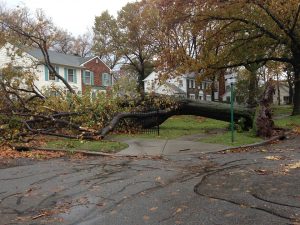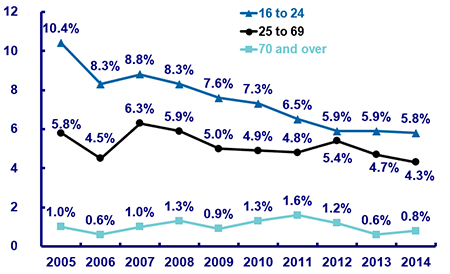 Courtesy of iii.org
Courtesy of iii.org
It is a standard practice throughout the insurance world: As a convenience, a policyholder grants a third party – an auto glass repair company, a medical practitioner, a home contractor – permission to directly bill an insurer to settle a claim. That practice is called an assignment of benefits, usually known by the acronym, AOB.
In Florida, abuse of AOBs has fueled an insurance crisis. The state’s legal environment has encouraged vendors and their attorneys to solicit unwarranted AOBs from tens of thousands of Floridians, conduct unnecessary or unnecessarily expensive work, then file tens of thousands of lawsuits against insurance companies that deny or dispute the claims. This mini-industry has cost consumers billions of dollars as they are forced to pay higher premiums to cover needless repairs and excessive legal fees. And consumers often do not even know that their claims are driving these cost increases.
The abuse therefore acts somewhat like a hidden tax on consumers, helping to increase what are already some of the highest insurance premiums in the country.
This report discusses how AOB abuse works, how and why it is spreading, and how it is contributing to higher insurance costs for Florida consumers.
Please click on the file name below to view the white paper in PDF format. You will need Adobe Acrobat Reader to view the file.
You can download Adobe Acrobat Reader, free of charge, from the Adobe website (https://www.adobe.com/products/acrobat/readstep.html).



